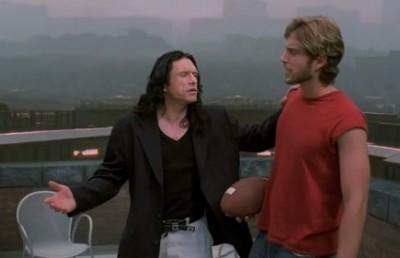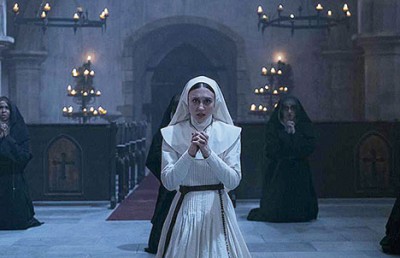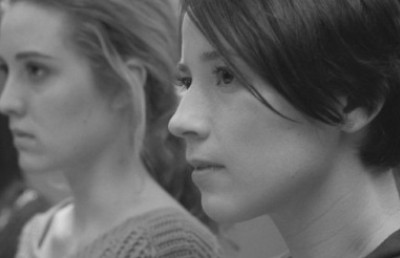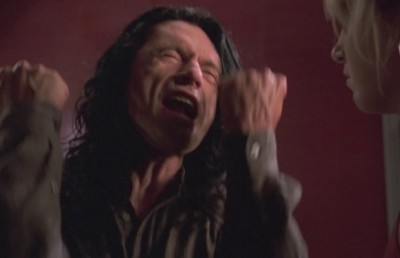Bad movies, complex feelings: food for thoughts
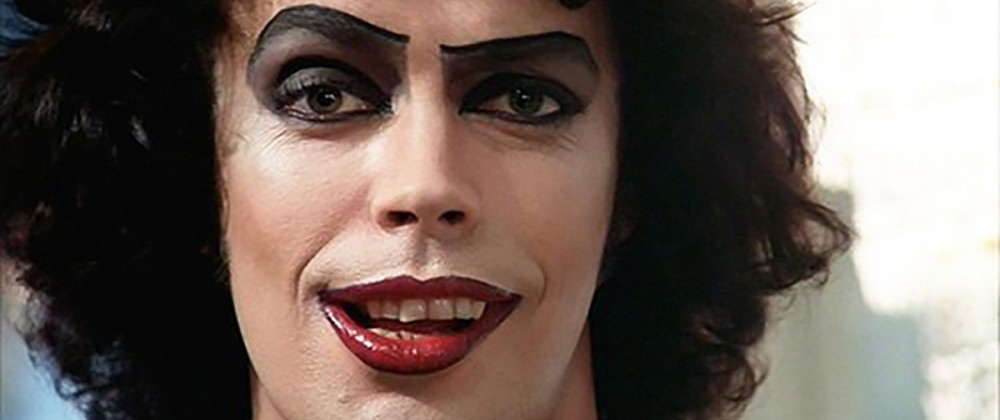
In the provocatively titled article “Trash, Art and the Movie,” Pauline Kael reminded us that “there is so much talk about the art of the film that we may be in danger of forgetting that most of the movies we enjoy are not works of art” (Kael 1970). This issue of Offscreen precisely engages with these movies, that our critics argue cannot be cast as works of art. The subjective point of view is one of the perks of critical writing and often, a reason why we enjoy reading them— but to describe a movie as “bad” deserves some explanation.
Indeed what is a “bad movie”? What makes a film “bad”? Is it obvious bad acting with a horrible plot? Or is it because the film is so mediocre that it becomes predictable, boring? Or is the film underwhelming? Perhaps because the film is morally and ethically problematic? Even when some films are considered “bad” on a general level, why do people still watch them? Do we gain some form of pleasure, one that we can enjoy after a long day’s work? Or simply to make sure we know precisely why it is bad?
It is not difficult to find examples of bad films. In fact, lists and top ten of the most terrible movies ever made are legion. Film critics Harry and Michael Medved have published several anthologies focusing on just these: The Fifty Worst Films Of All Times, The Golden Turkey Awards and The Hollywood Wall of Shame. In The Golden Turkey, the authors attribute awards such as “worst performance by a politician” or “as Jesus Christ,” “worst musical extravaganza” or again “worst line of romantic dialogue” and the expected “worst actor/actress/director.” The Medveds then seem to suggest the definition of a bad movie is in the production, the different ingredients that eventually result in a movie so poorly made it becomes bad. In fact, it is not a surprise if many agree on Ed Wood’s 1959 Plan 9 from Outer Space as the worst movie of all time: with its poor use of test footage of Bela Lugosi — amongst many other poor decisions — the movie is technically a shambles. Myriads of video essays online rejoice in exploiting these ridiculous images to illustrate their claims. [[ Such as in this montage entitled “Best of bad acting
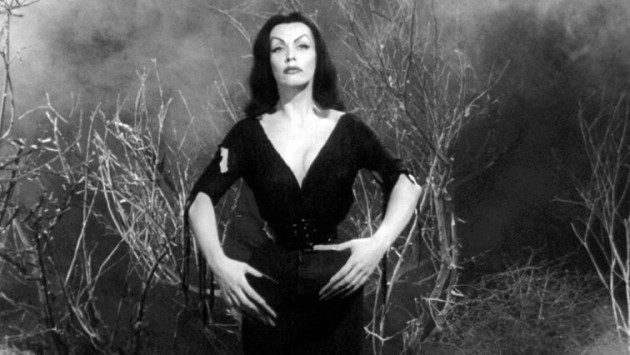
Plan 9 From Outer Space
The amount of writing, thinking and production surrounding these movies — one of the editors watched Plan 9 from Outer Space as part of a film class — points at another important aspect of our working definition of bad movies: the way they make us feel. It is indeed not only the technicalities of moviemaking that explain best what makes a bad movie bad but the impact they have on us, as our contributors illustrate in multiple ways in their pieces. A bad movie can make us feel frustrated, as Max Mehran develops around The Nun. Sequels —or prequels— seem indeed to be an endless well of terribly disappointing contributions to the pile of bad movies. I am assuming not a lot of readers have heard of Dirty Dancing 2 —for this precise reason.
However, as Susan Sontag points out in “Camp: Queer Aesthetics and the Performing Subject”, “Most people think of sensibility or taste as the realm of purely subjective preferences, those mysterious attractions, mainly sensual, that have not been brought under the sovereignty of reason. They allow that considerations of taste play a part in their reactions to people and to works of art” (Cleto, 54). She concludes that this is naive because to “patronize the faculty of taste is to patronize oneself” (54). Rebellion against this patronizing of taste can take on many faces as we will explain. One of them stands out in the history of cinema: cult movies. Heterogenous categories, cult movies are characterized by their adoring audiences, celebrating these movies’ “complete failure to conform to the artistic or political mainstream” (Jancovich and al., 2). These ‘oppositional taste’ to mainly bourgeois definitions is not only strongly enjoyable, notably through the events, midnight screenings, performances, surrounding the cultified bad movie —the Rocky Horror Picture Show a staple of cinephiles’ Halloweens— but also fertile grounds to understanding fan activity, canon-building and intertextuality — who has never seen Casablanca will miss more than a couple references. Such is the case of The Room, whose cult status was reaffirmed in 2017 with The Disaster Artist, “a love letter” to Tommy Wiseau according to our contributor Dominic Romano.
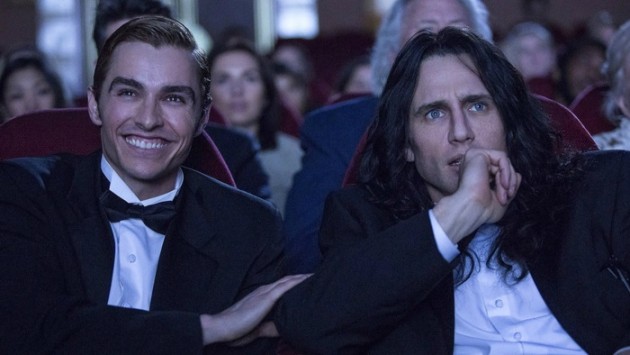
The Disaster Artist
How we feel about a bad movie shouldn’t be influenced by preconceived notions of taste. How a film makes us feel is something devoid of reason and our contributors apply this to a plethora of “bad” movies, as our feelings towards them are oftentimes precisely that — sentimental with a dash of pleasure. Indeed, a bad movie can sometimes become a guilty pleasure. In other words, it can be “so bad it’s good,” as so many top 10 lists across the web proclaim. When a certain amount of joy can be extracted from watching something that otherwise lacks in interesting plot development, decent acting, or satisfactory production value, can it still be that bad? If after a long day of service and devotion to a 9 to 5 job, audiences can sit back, relax, suspend disbelief and escape their daily routines for 90 minutes, we can argue that a bad movie can actually…feel pretty darn good. So what if the plot to Magic Mike is as thin as a rake? That’s not really what makes us want to watch Channing Tatum and company perform sexy knee slides. And therein lies the editors’ argument that the spectrum of “bad” movies can be wide, and they can sometimes make us feel happiness and satisfaction. That enjoyment has nothing to do with good or bad taste in movies. And if the movie in question is a teenage rom-com, as one of the pieces chosen for this issue, then we have a triple t(h)reat.
With its well-established formula leaving little to no room for suspense, the rom-com has long been overlooked by scholars and critics alike. Teenage rom-com even more. When the genre is picked up on by soon-or-already industry mogul Netflix and its propulsion to give audiences just what they want, the market is drowned in perfectly executed yet hardly that interesting teenage romance. Nevertheless, few amongst us can claim they never enjoyed one of these guilty pleasures. In “Cinephilic Shame” Léa Le Cudennec exposes her secret enjoyment of ‘bad’ movies, making us once again reflect on how we define what is worth watching or not.
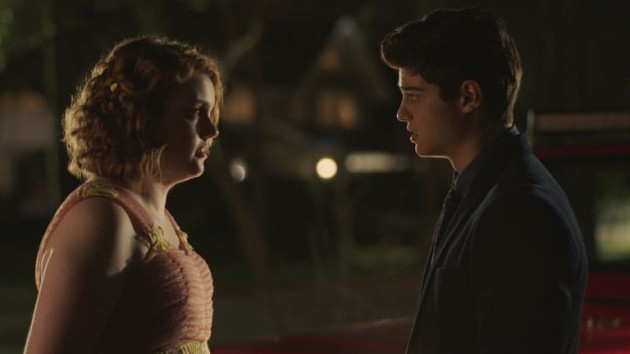
Sierra Burgess is a Loser
A movie that might have been made with a lot of money, good actors and an exciting plot can make audiences feel uneasy for other reasons, often ethical in nature. Many so-called good films, even award-winning ones, can be inspected through a moral lens and found to have questionable messages at their core. A good example would be 2008’s Oscar winner Crash directed by Paul Haggis, which has inspired many think pieces about the film’s problematic treatment of race issues and stereotypes. In a piece for Stereogum, Gabe Delahaye writes about the film’s characters: “All of them run all over the city being racist and non-racist to each other, pointing guns in each other’s faces and breaking down stereotypes only to reinforce other stereotypes.” The film is part of many a “Worst Oscar Winners of All Time” list, for valid reasons. Two of the pieces for this special issue focuses on these issues. The extremely well received A Taxi Driver (2017) by director Jang Hoon, was praised both by audiences and the press but has also inspired certain critics to question the way it tackles trauma and cultural history. Polytechnique, admired for its aesthetic, similarly brings criticism over its beautification of violence.
In the complete opposite way of bad movies that become guilty pleasures, these type of bad movies take their time to sink in. Their glossy production value sneaks up on audiences, sometimes blinding them with their self-proclaimed greatness, only to inspire deep feelings of unease upon second viewings, sometimes years later. We are sure our readers can think of many examples — we see you, people who stood in line to see Avatar in 3D only to be disenchanted with its white savior complex years later.
In conclusion, in this issue of Offscreen, we hope to make you reconsider which DVDs or Blu Rays come first on your shelf, and which you have hidden from your dinner guests. Maybe it is time to take out that copy of Mean Girls you have held onto for all these years. Maybe it is time to question the morale of your Criterion collection. Anyway, the discussion needs to be had, and we hope this issue will give you some food for thought.
References
Delahaye, Gabe. The Hunt For The Worst Movie Of All Time: Crash, August 11, 2008 retrieved on November 22, 2018 at: https://www.stereogum.com/1779407/the_hunt_for_the_worst_movie_o_18/vg-loc/videogum/
Jancovich Mark, Stringer Julian, Willis Andrew, Defining Cult Movies: The Cultural Politics of Oppositional Tastes. 2003, Manchester University Press.
Kael, Pauline “Trash, Art, and the Movies.” Going Steady, 1970.
Medved, Michael, and Harry Medved. The Golden Turkey Awards. 1980, Putnam.
Sontag, Susan in Cleto, Fabio. Camp: Queer Aesthetics and the Performing Subject : a Reader. Ann Arbor: University of Michigan Press, 1999. Print.





